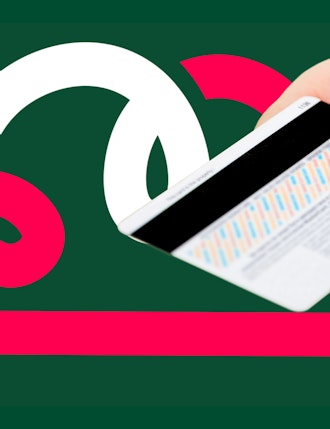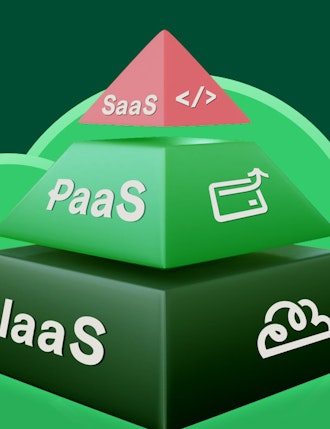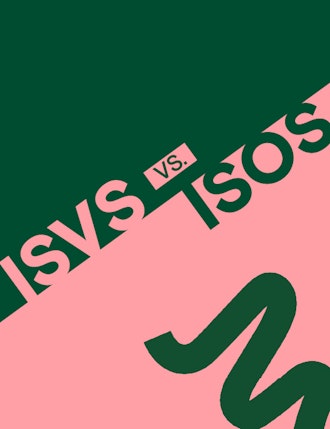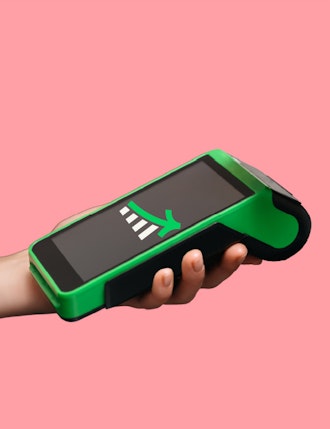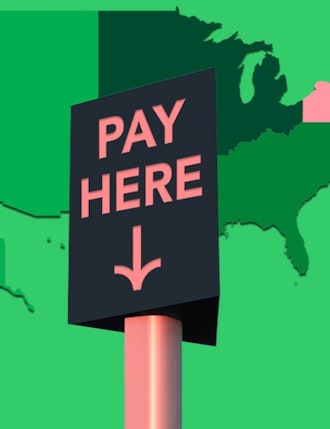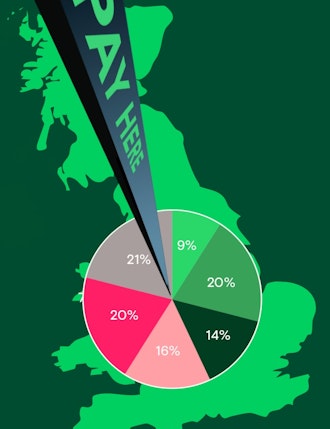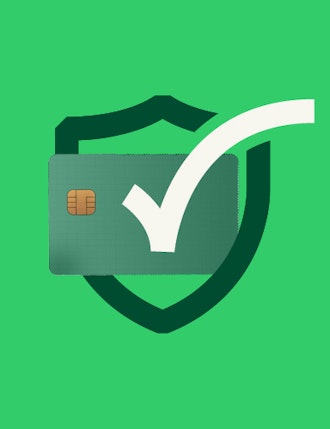The ‘cloud’ is seemingly everywhere these days, even when it comes to merchant payment transactions. But how many merchants really understand what solution providers are delivering in cloud-based solutions?
What does cloud-based mean?
To be cloud-based, is to operate using an online server rather than a physical one. More traditional, physical servers require companies to own hardware and acquire premises.
Cloud-based technology can operate in online, or internet, space that is simply rented from a services provider, such as Amazon Web Services. In their words, they can ‘help you build sophisticated applications with increased flexibility, scalability and reliability’. Using cloud platforms typically allows you to be more agile and reduce costs.
What is the value to the processor?
When it comes to the payment transaction itself, the true benefit of using a cloud-based platform is to the processor. Processors can minimize their costs for hardware, software, networks, and support staff by shifting transactions from private data centres to cloud-based data centres.
Ultimately that should produce a reduced cost per transaction for the merchant, but those prices are going down already regardless of whether the processor uses a traditional data centre or the cloud.
That’s not to say that processors and cloud don’t still have direct benefits for SMBs.
What is the value to merchants?
So, if all the magic happens in the cloud, what is the added value that the solution provider brings to the merchant countertop? How can we best communicate the actual value being delivered?
We’re already seeing a proliferation of ‘cloud POS’ or ‘cloud-based POS’ solutions. The number of available solutions is huge, but not all effectively communicate what the cloud brings to the merchant countertop. Most conflate payments and value-added applications and services as one solution. Processors can reduce their costs using cloud technology.
As processors can be faster on their feet and don’t have to worry about creating fixed infrastructure in order to offer new services, they can become more creative in expanding their portfolio and in doing so are increasingly likely to partner with fintech innovators to achieve competitive advantage or competitive parity. Merchants will then receive a more varied and exciting offering.
Cloud-based payments systems better enable flexibility in which payments you can take. Because it’s free from the constraints of legacy systems, it can allow merchants to provide the omnichannel payments experience that customers have come to expect. A good, omnichannel payments experience improves the rate of customer retention and thereby revenue.
Merchants are also more likely to get quicker access to their data is their processor is using a cloud-based platform. Access is typically instant, meaning merchants can make price updates through the day or check on sales figure as they go. More insight can allow more improvement.
Top tip: make sure your data handler is applying PCI Data Security Standards to their cloud-based systems. This ensures all data is safe and secure. Check out our recent blog post on enhancing payment security.
Improving the customer experience with SmartPOS
Where the cloud really does benefit merchants is in its ability to leverage technology partnerships and encourage third-party developers to design new apps and services that are imminently easier to distribute than in the past.
Old legacy payment terminals were mostly used for a single app – payment. Some merchants also took advantage of relatively kludgy third-party apps such as phone card activation and employee time management. But one or two such apps were pretty much the limit, and because of the closed nature of device ecosystems, few app developers focused on the Point of Sale (POS).
In the past, the process of adding a third-party app to a legacy payment device was complex, time-consuming, and costly. Anything that touched the payment app required a full recertification effort that could take many months.
But today’s POS device is rapidly transforming into a dynamic point of interaction (POI) where payment can sit beside value-added applications and services, ranging from loyalty programs, to scheduling, to instant credit applications and approval. An open platform that leverages Android devices and application programming interfaces (APIs) can deliver a multitude of standalone apps that with the right orchestration and automation can seamlessly interact in the business process alongside the payment app.
The cloud plays a role in that, for sure, by providing a better communications medium than telephone lines and by fostering reliance on open standards and protocols. But the merchant needs to realize that it is the solution provider’s market expertise that can create a uniquely tailored smart POS environment to suit specific needs.
How to sell ‘the cloud’
The cloud makes it easier for solution providers to deliver a cost-effective solution at the POI that is more secure and provides more value-added apps and services. And these solutions can be provided in a range of compatible form factors, from smartphones to compact terminals to larger screen devices, all of which can run the same applications and access a growing range of reports and other business management functions.
If the merchant becomes convinced that all the magic happens in the cloud, they’ll start to question the value they get from their merchant payment solutions provider. It’s important to sell the merchant on the value of what sits on their countertop or in their hands. They are holding a solution that accomplishes just about everything they need to do. If the merchant thinks the cloud is the solution, it’s far easier to justify switching solution providers.
There’s value in marketing specific aspects of ‘cloud-connected’ solutions, such as ensuring that transactions are processed securely and that value-added apps connect to back-end services without merchants having to worry about how to make it all work, such as adding ecommerce capabilities to their offline retail offerings.
Interested in reading more around this subject? Here are some useful articles…


